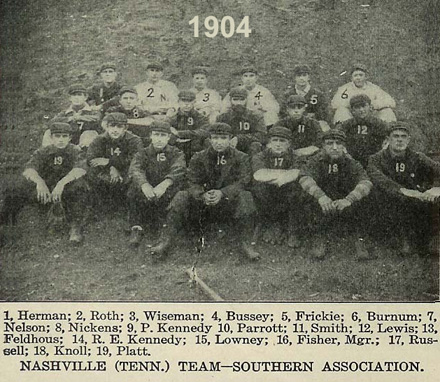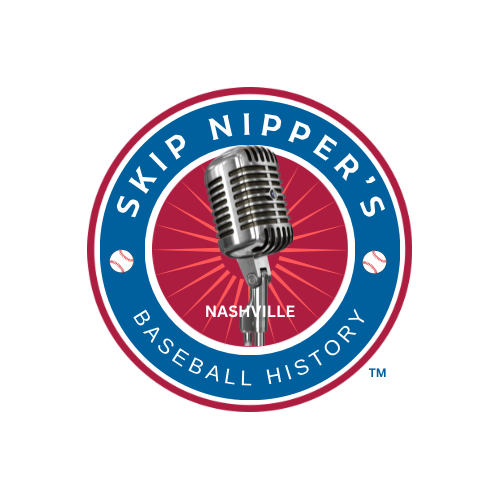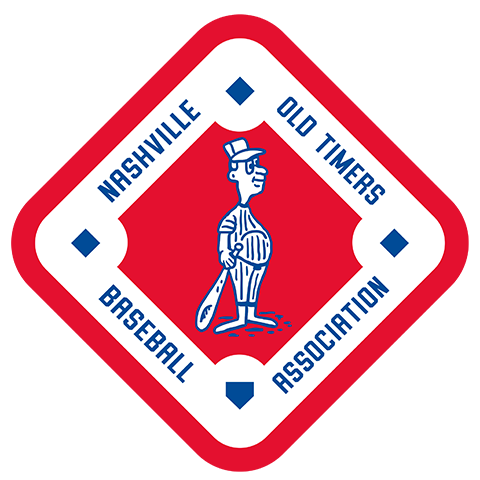
Southern Association moguls met at the Peabody Hotel in Memphis on March 8, 1904, to discuss league matters, analyze the previous season’s attendance figures, and approve the season schedule for the year ahead. Those attending, and city represented, included M. J. Finn, Little Rock; Newt Fisher and J. M. Palmer, Nashville; Charles Frank, New Orleans; Lew Whistler and Caruthers Ewing, Memphis, Abner Powell, Atlanta; Coffee Jackson and Thomas O’Brien, Birmingham, James M. Foster and Robert E. Gilks, Shreveport; and Barry Holt and William Stickney, Montgomery.[1]
After approving league president and treasurer Judge W. M. Kavanaugh’s financial accounts, the group heard the executive committee’s report that confirmed the sound economic status of the organization. The report included a final tally of 627,602 fans who had attended games the previous season. Only four leagues (out of 21 across the nation[2]) had higher attendance: the National League, American League, American Association, and Eastern League.

The schedule was approved as drawn up by a select committee that had met in Memphis on January 22 and 23[3]. The 1904 playing calendar included 140 games, an additional 14 contests per club from 1903, and the opening day would April 21.[4] There was some slight protest by Nashville’s Newt Fisher, as his club would host no holiday games, but “… utmost good feeling prevailed, and it was the consensus with baseball magnates and managers that the season soon to open would be the best and most prosperous in the history of Southern baseball.” [5]
But there was the banter between sportswriters. Newspapers often included articles of pre-season predictions, but those prognostications were not always about the teams in the newspaper’s city; whether in jest or otherwise, there was often a quick retort from the press of the offended city. With no claim by a particular sports writer, the Nashville Daily American published a story on March 10 that answered Birmingham’s razzing.
“The sage of Slagtown (see author’s note below), alias the baseball writer of the Birmingham Ledger who has a penchant for dealing out groggy dope, has bobbed up again as foolish and unmuzzled [sic] as ever. This time he comes forth with the bold bad delf (author’s note: abbreviation for deflection?) that New Orleans is “the strongest team in the league and Nashville about the weakest.” They ought to fix up a pension and a padded cell and keep them in readiness.
“The strangest thing of all is that nobody outside of Birmingham has ever figured the slag caters as being other than a tailender [sic]. The fact is, Birmingham is about the best team in the Southern League, except seven (there were eight teams in the league).
And then, it got a little personal.
“The Hams would be stars on the Red Onion Circuit, but they are useful by the Southern League principally to fill in and make up the necessary number of teams to keep the league going.”
When asked to respond, at first, Nashville’s Fisher took the high road.
“What’s the use? It is actually wasting time to stop their howling. They do it every year before the season opens, and it takes about one swing around the circuit to get them quiet.”
But the even-tempered Fisher did not let the opportunity to provoke further the matter go totally to waste.
“Birmingham has not only had the pennant won every year before the league season opened, but has packed the flag away in camphor balls for the following season. Results are what count. We won the pennant twice and finished fifth the third time. I am not ashamed of this record. I would just like to ask the young man on the Ledger where the Birmingham team finished those three years. It was below Nashville each time.” [6]
At season’s end, Fisher could not boast about his club; Nashville finished in fifth place (second baseman Justin Bennett led the league with 166 hits, and pitcher Wiley Piatt led with 22 losses and 44 appearances)[7]. The nemesis of his team and the Nashville Tennessean, Birmingham, finished in fourth place. The Barons were two games ahead in the final standings. But for the fourth year, the pennant remained on Tennessee soil as the Memphis Egyptians defended their 1903 title.
Otherwise, Fisher would not consider it a bad year: he cleared $10,000 profit on the ball club the previous year and was estimated that he would pocket $4,000 for the 1904 season.
It was a favorable year for the Southern Association, with Nashville, Birmingham, New Orleans, Memphis, and Atlanta all making money. Little Rock showed a small profit, but things were less positive in Montgomery and Shreveport.[8] Even those clubs may have made some money.[9]
Soothed by benefits of a successful season, the bosses of southern baseball saved their banter for another year of razzing.
Author’s note:” Slagtown” is about Birmingham’s steel-making industry. Beyond the outfield walls of West End Park, often called the “Slag Pile,” was a hill of slag, a by-product of making steel.[10]
Sources
baaseball-reference.com
newspapers.com
paperofrecord.com
sabr.org
Notes
[1] New Orleans Times-Democrat, March 9, 1904, p. 12.
[2] Atlanta Constitution, March 9, 1904, p. 2.
[3] New Orleans Times-Democrat, March 9, 1904, p. 12.
[4] Nashville American, March 9, 1904, p. 7.
[5] New Orleans Times-Democrat, March 9, 1904, p. 12.
[6] Nashville American, March 10, 1904, p. 7.
[7] Wright, Marshall D. (2002). The Southern Association in Baseball, 1885-1961. Jefferson, North Carolina: McFarland & Co.
[8] Atlanta Constitution, September 19, 1904, p. 7.
[9] Ibid., September 26, 1904, p. 9.
[10] Watkins, Clarence (2010). Baseball in Birmingham. Charleston, South Carolina: Arcadia Publishing.
© 2020 by Skip Nipper. All Rights Reserved.



